Throughout history, societies have sought to understand, justify, and embody the concept of power—transforming raw strength into enduring symbols that shape identity, belief, and memory. From the thunder-clad hammers of Norse gods to the sleek digital icons that define our screens today, power symbols have evolved not just in form, but in meaning.
How ancient physical artifacts encoded authority remains a foundation: the scepter of Egyptian pharaohs, carved to symbolize divine right, or the hammer Mjölnir, wielded by Thor as a tangible link between mortal might and cosmic order. These were not mere tools but mythic keys—objects through which power became visible, tangible, and inherited.
The Psychology of Iconic Strength: Why Simplicity Drives Belief
Our minds are wired for patterns, and power icons exploit this instinct with elegant simplicity. Minimalist designs—like the lightning bolt of Zeus or the shield of Athena—activate rapid recognition and amplify perceived strength through cognitive shortcuts. Studies in visual perception confirm that iconic shapes with clear, dynamic forms are processed faster and remembered longer, reinforcing strength across generations.
Unlike monumental symbols that rely on sheer scale to impress, modern icons achieve impact through precision: a single line, a balanced form—crafted not just to look powerful, but to feel inevitable. This subtlety deepens their psychological resonance, allowing symbols to outlive their original contexts.
Gender, Identity, and Power: Reclaiming Symbols Beyond Traditional Archetypes
Traditional power icons—often rooted in masculine archetypes—have long dominated cultural narratives, from the warrior king to the stoic leader. Yet contemporary discourse challenges these fixed forms, revealing a spectrum of strength rooted in resilience, care, and collective action. Emerging symbols reflect this evolution: the raised fist reclaimed as a sign of resistance, or the nurturing figure reimagined as a guardian of community.
“Symbols are not just mirrors of culture—they shape it.”
This shift illuminates a vital tension: legacy symbols anchor identity, but evolving narratives expand who power represents and how it is claimed.
Digital Echoes: Power Icons in Social Media and Branding
In the digital age, power icons have become engines of credibility. Platforms like Instagram and LinkedIn deploy minimalist logos and animated badges to signal authority, influence, and trust. The heart emoji, for example, distills emotional power into a universally recognizable shorthand; the checkmark conveys validation with quiet confidence.
- Brand identities now hinge on icon consistency—Apple’s bitten apple, Nike’s swoosh—symbols that carry centuries of cultural weight in a single stroke.
- Democratized design tools empower creators to craft personalized power symbols, blurring lines between mass messaging and individual expression.
- Ancient Roots: Symbols as divine authority—Thor’s hammer, Egyptian scepters, Mesopotamian royal seals.
- Material Power: Stone, metal, and ritual imbued objects with sacred strength.
- Digital Transition: Minimalism and repetition replace monumentality—icons now thrive in scale-agnostic contexts.
- Cultural Continuity: Shared symbols preserve identity across technological leaps.
But this power comes with risk: reducing complex meaning to a visual shorthand risks flattening nuance, turning layered narratives into fleeting trends.
Returning to the Mythic Roots: Symbols as Living Mythologies
The enduring power of symbols lies not in their form alone, but in their mythic depth. Contemporary icons inherit the narrative DNA of ancient myths—where strength is not just physical, but moral, communal, and enduring. The phoenix reborn in modern brand rebirths, or the tree of life echoing ancestral resilience—all speak to a timeless truth: power endures when it tells a story.
From Titan-sized myths to bite-sized icons—meaning persists not in scale, but in the depth of the tale embedded within each line.
The Mythology of Power: From Titans to Modern Icons
| Key Developments in Power Iconography |
|---|
|
|
| Psychological Edge: Simplicity accelerates recognition and belief—cognitive shortcuts fuel iconic endurance. |
| Modern Reinterpretation: From warrior to caretaker, symbols evolve to reflect shifting values of strength and identity. |
| Digital Echoes: Platforms harness icons to signal trust; democratized design spreads symbolic language globally. |
| Living Mythology: Contemporary icons inherit ancient narratives, transforming myth into modern meaning. |
